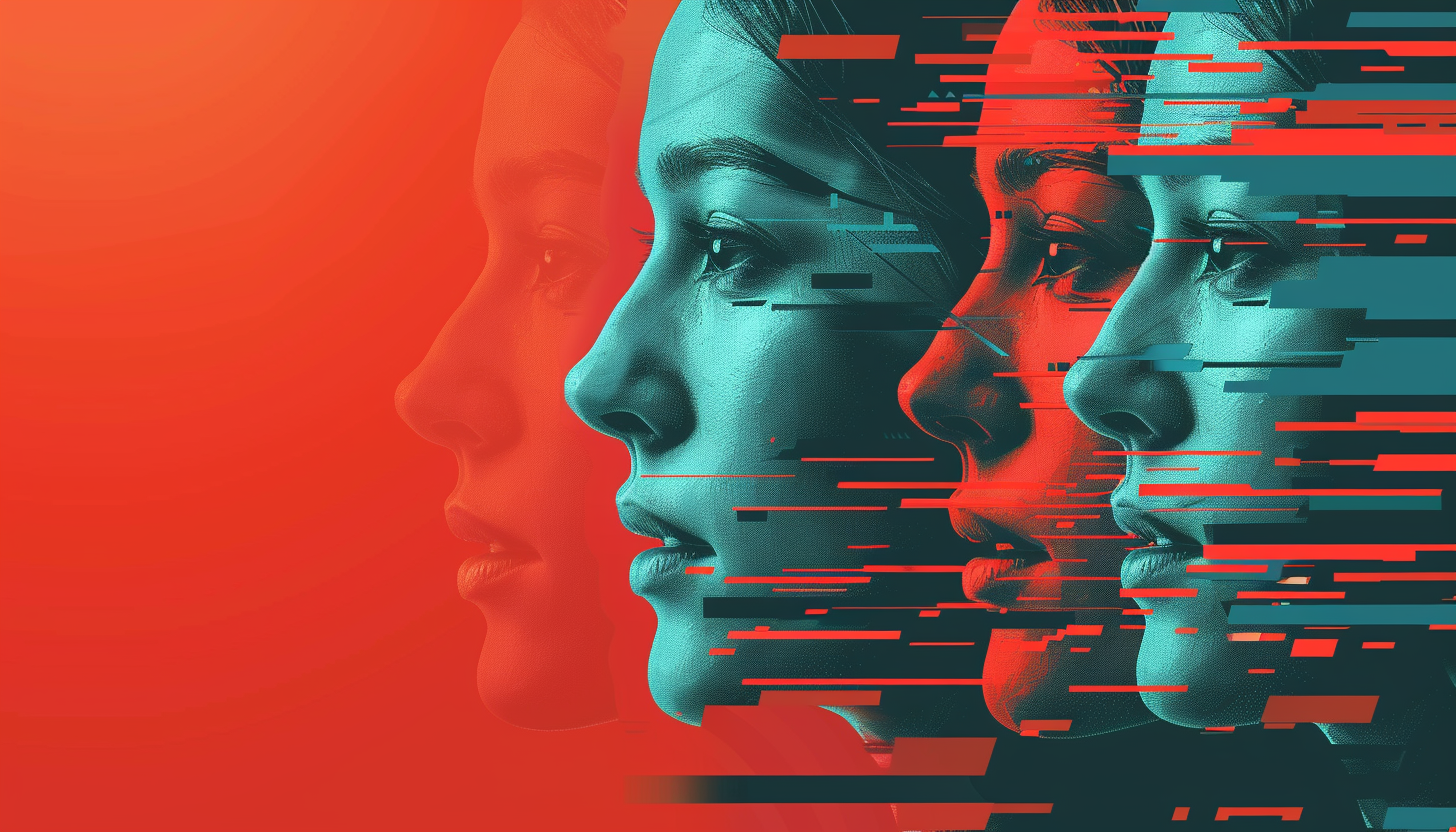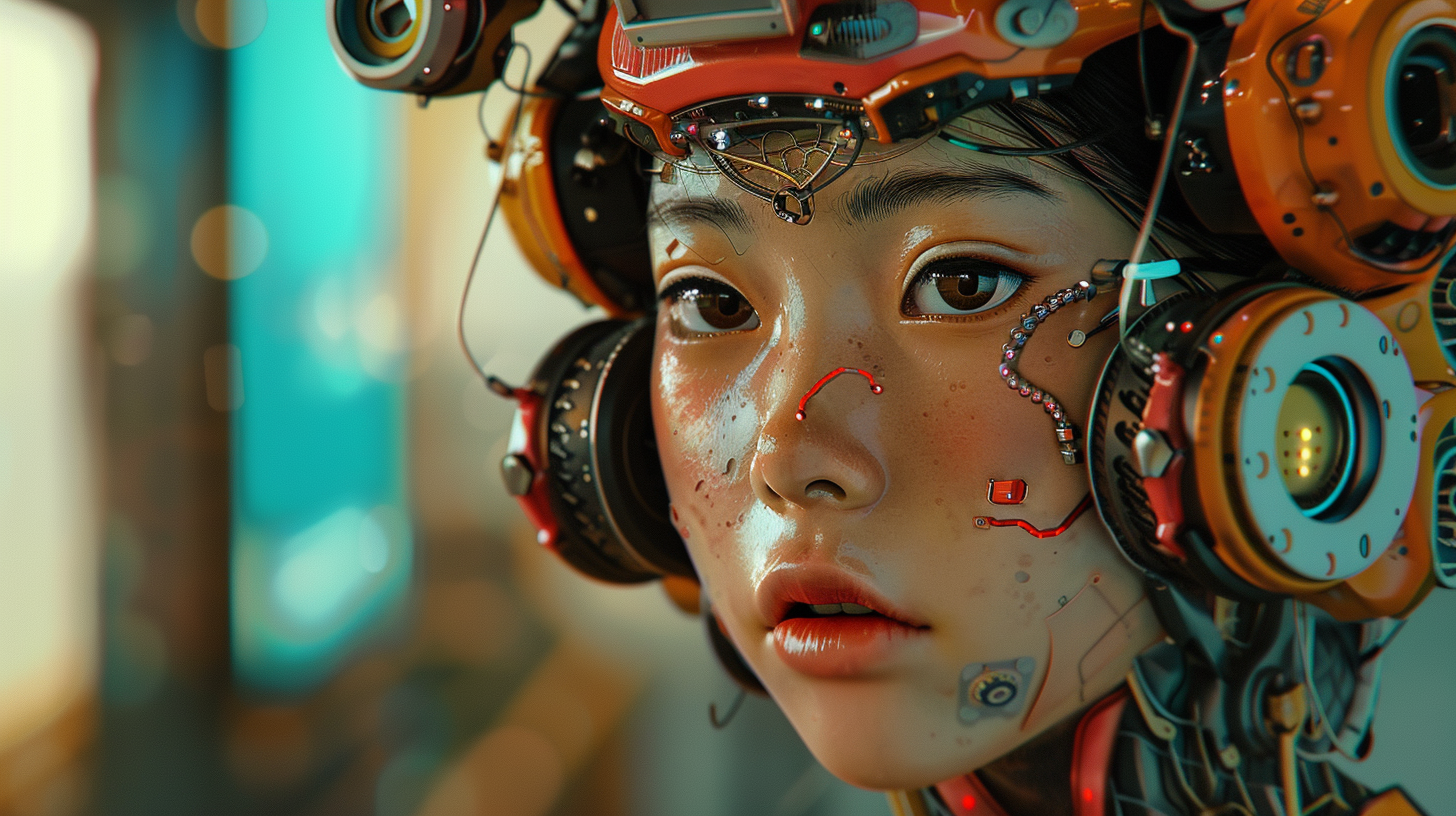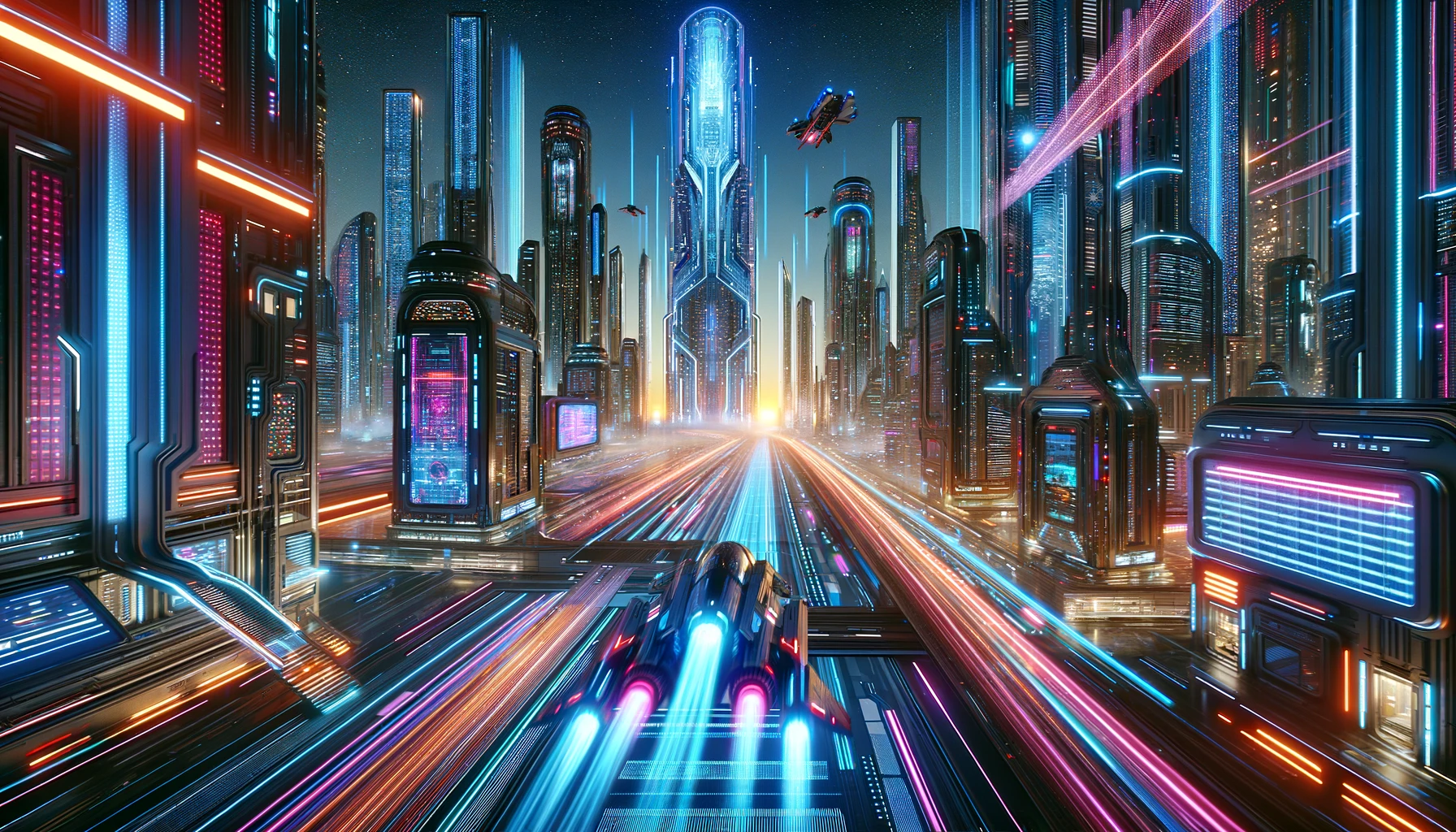TL;DR:
- Generative AI for marketing in Asia is being revolutionised with 7 winning strategies
- Content creation, personalisation, and visual storytelling is being made accessible and efficient
- Adopting AI tools offers a competitive edge and fosters innovation
Introduction: AI in Asian Marketing Strategies
Generative AI, a subset of these cutting-edge technologies, empowers marketers with innovative tools that transform brand connections and customer experiences. In this article, we explore seven key strategies to harness the power of generative AI for marketing success in Asia.
1. Content Creation Powerhouse
Generate captivating content for emails, advertisements, blogs, and social media platforms with generative AI. This technology creates engaging copy tailored to your brand’s voice and guidelines, all without requiring any coding knowledge.
2. Brainstorming Breakthroughs
Eliminate creative blocks with AI-powered brainstorming. Generative AI can produce fresh, unique ideas for video ads, marketing campaigns, and more, simply by using natural language prompts.
3. Visual Storytelling Simplified
Create stunning visuals for advertisements, product showcases, and branding materials without the need for costly photoshoots. Describe the image you want, and AI will generate it, from futuristic cityscapes to cultural icons and product mockups.
4. Video Creation Made Easy
Transform text into engaging videos with AI tools like Pictory. Effortlessly create social media ads, product demos, and more by describing your desired video and music styles, and let AI handle the rest.
5. Sentiment Analysis at Your Fingertips
Analyse social media mentions and gain valuable customer insights using AI. Understand customer sentiment and emotions without the need for data analysis expertise.
6. Hyper-Personalisation at Scale
Craft highly targeted campaigns with AI-generated variations for different audience segments. Utilise tools like Meta and LinkedIn to automate ad creation and personalise content based on customer journeys and engagement.
7. Delightful Personalised Experiences
Enhance customer interactions with AI-powered chatbots that engage in users’ native languages or interactive quizzes tailored to their interests.
Boosting Innovation, Personalisation, and Competitive Advantage
Generative AI offers more than just cost-effective content creation. It fosters innovation, delivers personalised experiences, and provides a competitive edge in the fast-paced marketing landscape of Asia.
Conclusion: AI-powered marketing
Embrace the AI revolution and empower your marketing strategies in Asia. With generative AI’s vast potential, unlock new levels of engagement, brand loyalty, and success.
How are you embracing the AI revolution in your marketing strategies? Share your experiences and thoughts on the future of AI and AGI in Asia. Don’t forget to subscribe for updates on AI and AGI developments and engage with our community below!
You may also like:




 Prompts1 month ago
Prompts1 month ago


 Life2 months ago
Life2 months ago


 Life2 months ago
Life2 months ago


 Business2 months ago
Business2 months ago


 Business2 months ago
Business2 months ago


 Learning2 months ago
Learning2 months ago


 Marketing2 months ago
Marketing2 months ago




 Business2 months ago
Business2 months ago
















